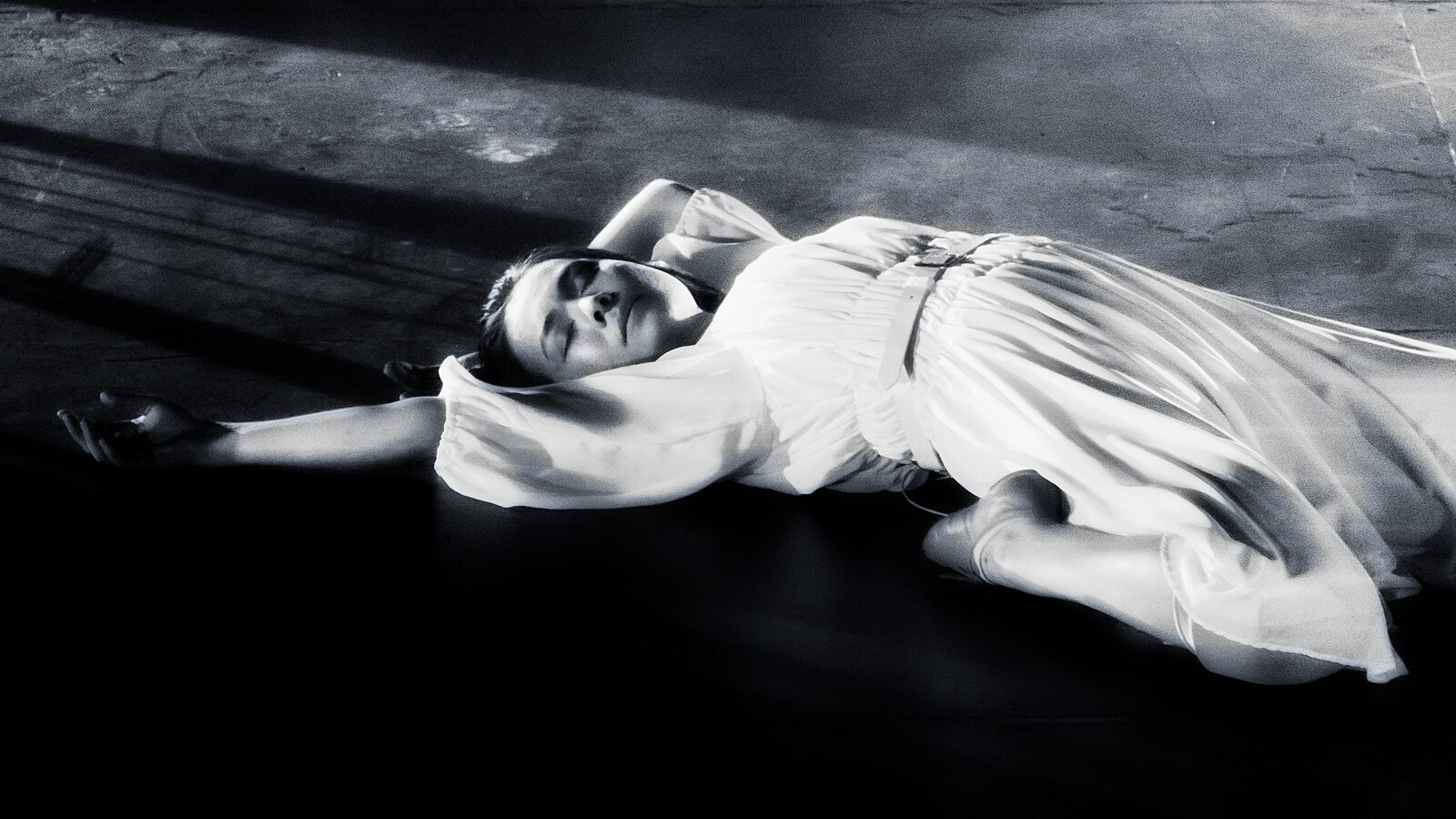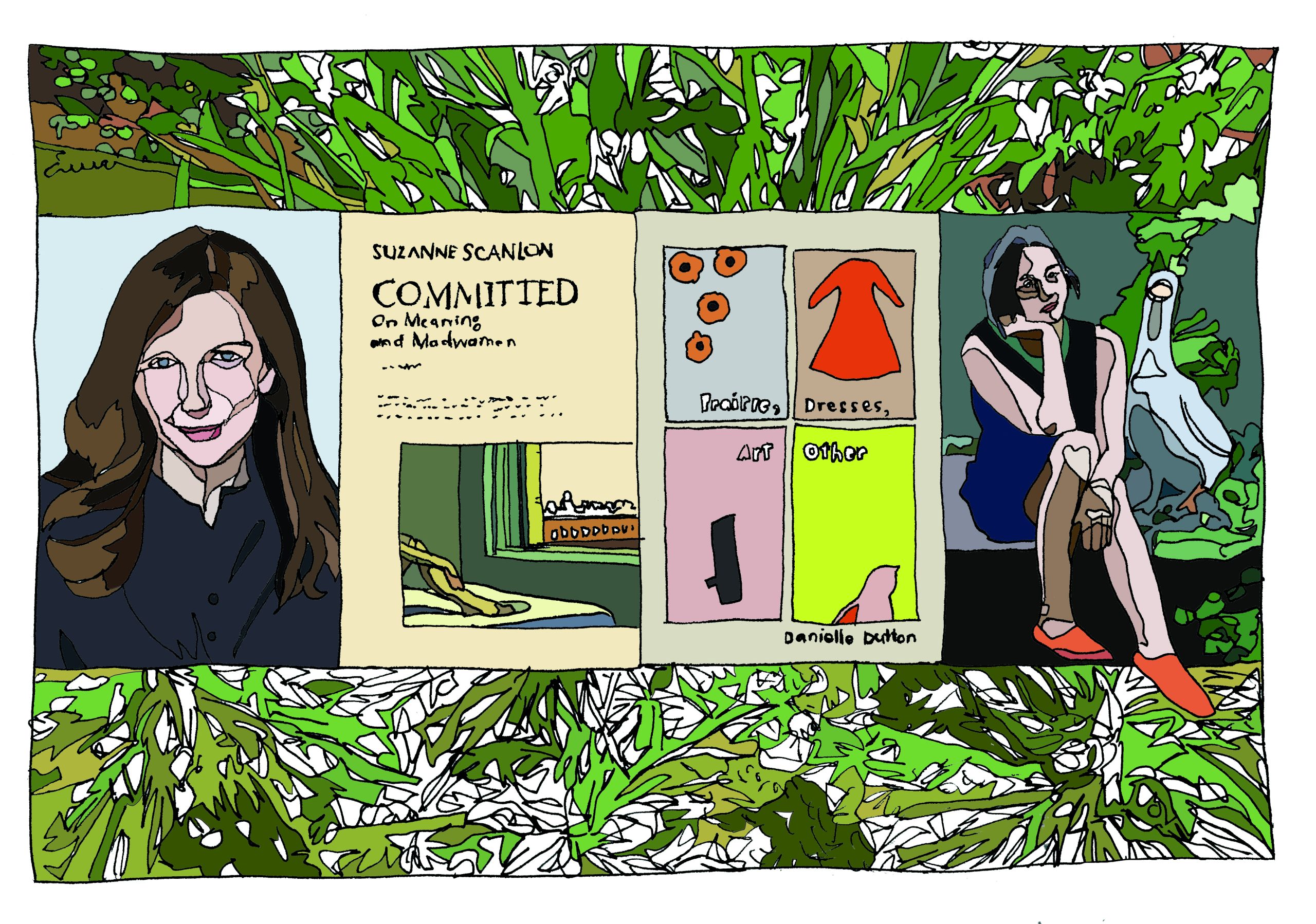Books & Culture
Do YOU Know How To Open a New Book?
D

Opening a new book may seem so easy a baby could do it, but the dangers — from paper cuts and cracked bindings to the baby drooling all over the pages — are numerous. Luckily, there are a few techniques readers have developed over the centuries to ensure a smooth reading experiences. Here are a few of the most popular:
The Isaac Newton: A scientifically simple technique, the Isaac Newton uses gravity to soften the spine of new book.
The Hard Sell: This technique is popular at AWP book fair tables. It involves shoving a small press novel into the hand of an unsuspecting book fair attendee with such force that the spine cracks down the middle. Often coupled with the phrase, “Oh, you’ll love this one. You just have to buy it.”

The Spoiler: Readers who use The Spoiler start by opening the last page of a new book, then get pissed that they ruined the ending, and finally toss it — spine otherwise unbent — in a to-read pile in the corner.
Scratch ’n’ Sniff: People who love the smell of new books can use their nose to flip and press pages.
The Precious: A favorite of collectors who want to keep their books in as near mint condition as possible, The Precious involves only opening pages at a thirty degree angle to ensure the spine never bends. The downside is that readers often can’t make out the two words on each line closest to the gutter, but at least the books stay pretty.
Centipedin’: Centipedin’ uses hard bends every ~50 pages so that the spine is broken into many segments. These segments should run across the length of the spine. If they are running across the width of the spine, man, how did you do that?
Puppy Earing It: Readers with puppies or small dogs can slide a few treats between the pages of a new book and let their dog loosen up the binding as Fido digs for a snack.
The Pick a Card!: Here, a reader flips the pages back and forth rapidly while every now and then smashing a forefinger into a random page.
Ogre Open: The Ogre Open often happens by accident. A reader will be attempting to gently fold a section of the book and instead snaps the glue with their dumb, clumsy hands. Ogre Openers tend to get pissed, promise themselves they’ll gently bend the next section, then screw it up again fifty pages later.
Karate Chop: This is the only opening technique that does not actually involve opening the book. Instead, the reader says “hiya!” and firmly chops the spine from the outside until sufficiently loosened.
The Assembly Line: Good for book clubs, this book opening technique requires at least three people: one to lay the book on its back, a second to bend the spine at regular intervals, and a third to gently press each section down.
The E-Reader: The E-Reader involves clicking a button on some gizmo and then smugly talking for twenty minutes about how paper is dead, only luddites read physical books, and the future of literature is 3D-printed, cloud-based hypertext fan fiction Google Glass apps.
The “I Totally Read That”: This method is for readers who frankly have better things to do than read a book — like cable TV marathons and candy-based cellphone games — but who still would like to look well-read. Basically, all you need to do is chaotically ruffle, bend, dog-ear, punch, and scratch at the book until it looks like a novel lovingly reread a dozen times. Then place it on the shelf for any guest to see.









